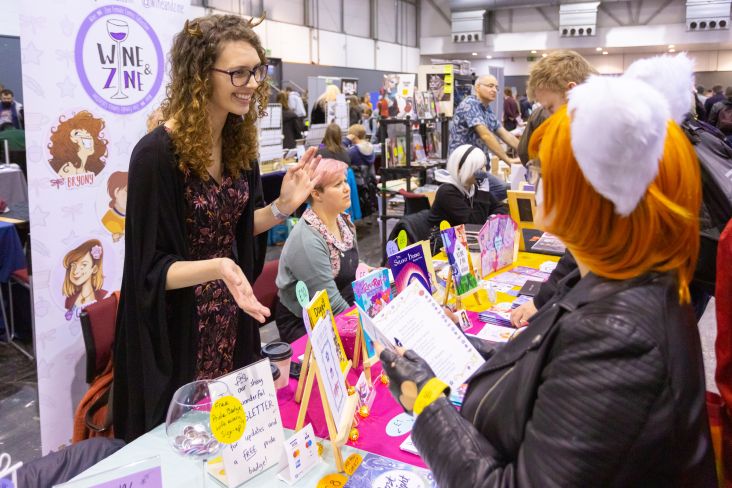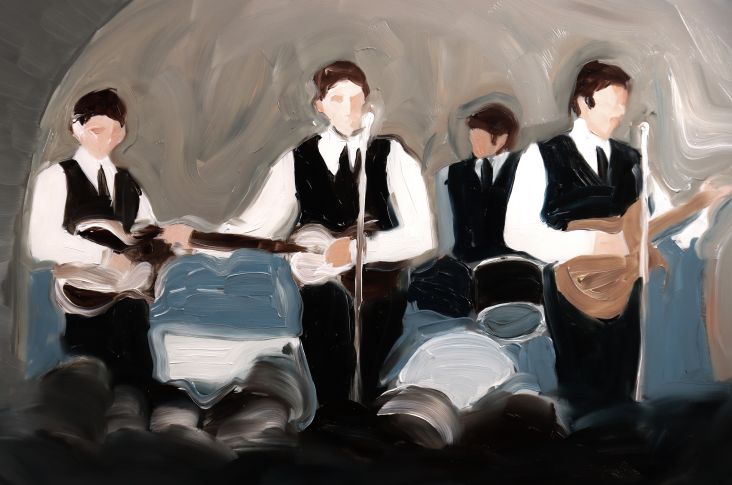Heather Hua's beautiful illustrations transform intense feelings into meaningful art
Los Angeles-based "multidimensional artist" Heather Hua visualises themes of psychic struggle, mental health, romance and tension in her poignant and beautiful illustrations.
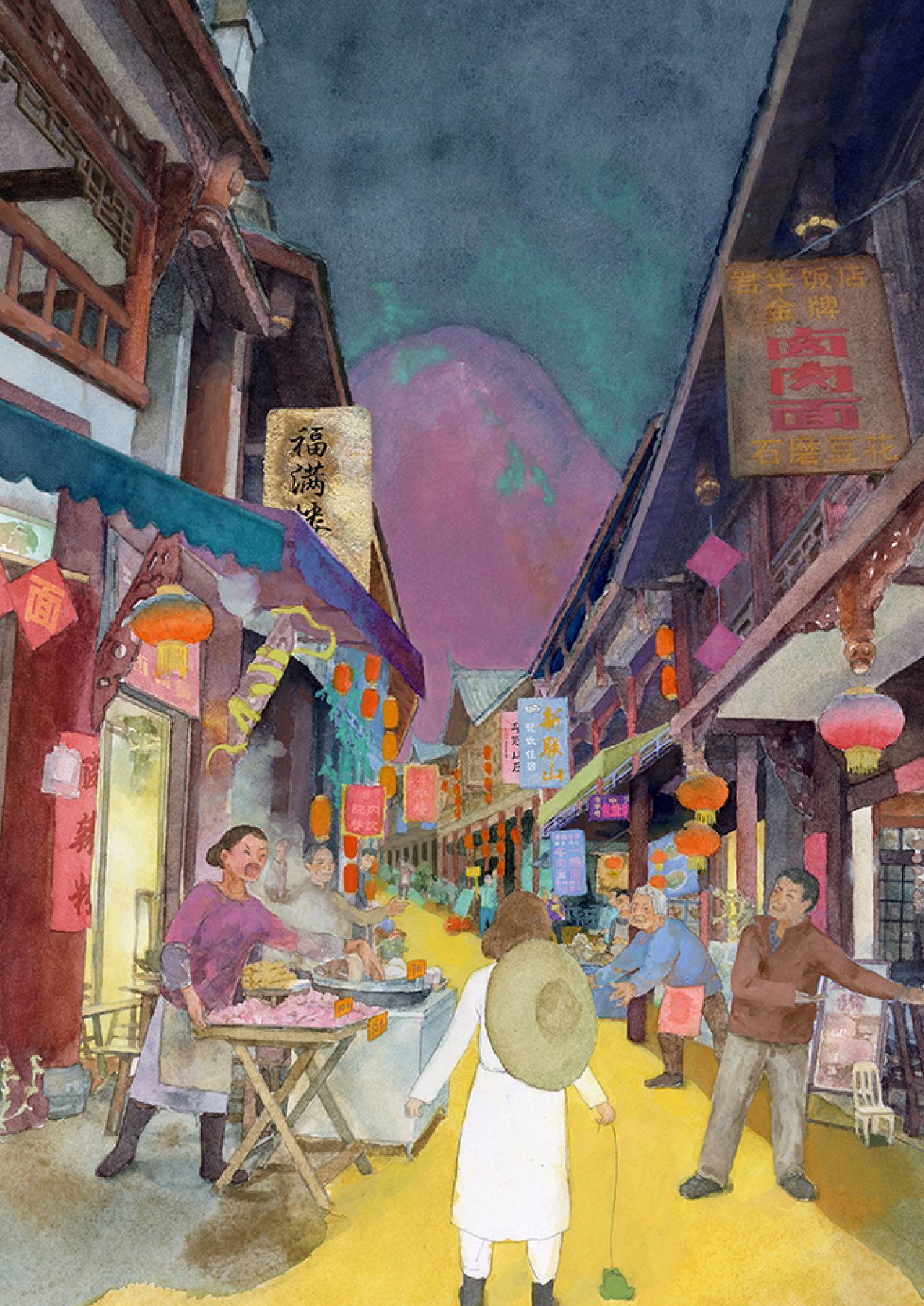
In Agoraphobia, a girl has a panic attack and returns home
Born in Zhejiang, China, Heather travelled to the US to pursue her higher education. Originally majoring in economics with a minor in art and design, she later graduated from the Fashion Institute of Technology in 2021 with an MFA in illustration. Since then, she's been pursuing a freelance life and has created illustrations for clients such as the Boston Globe, Mayday Magazine and Yuehui Magazine.
Heather's work is characterised by her use of chubby characters, intuitive colours and a focus on the despondent yet rebellious personalities of people around her. As well as being influenced by literature, psychology and shoujo manga, Heather also draws from her own personal and emotional responses. "In the other direction, I draw joyful, idyllic landscapes to share a precious inner peace with my audiences," she says.
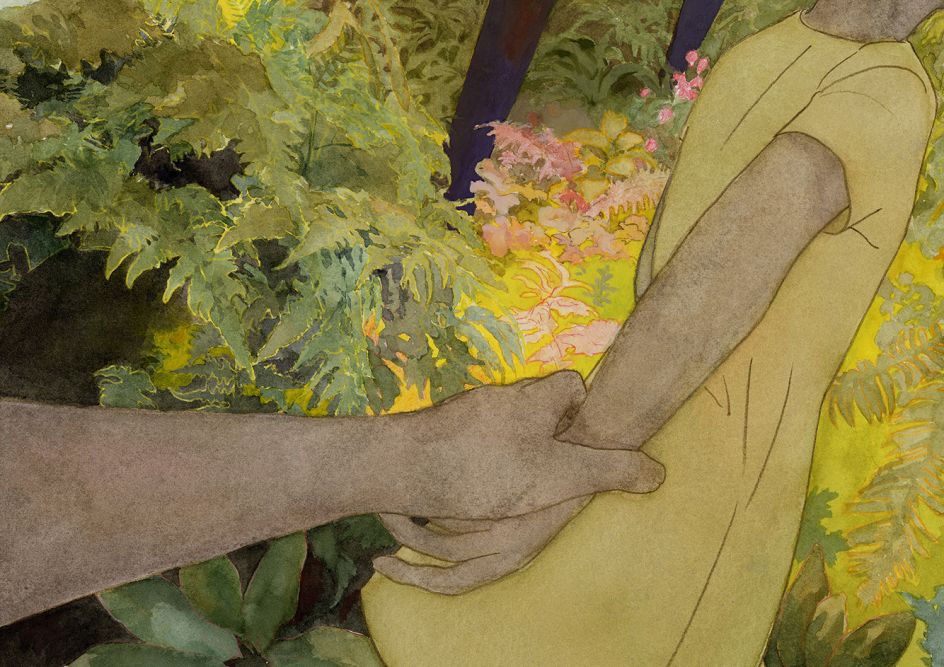
The book is beautifully bought to life with traditional mediums
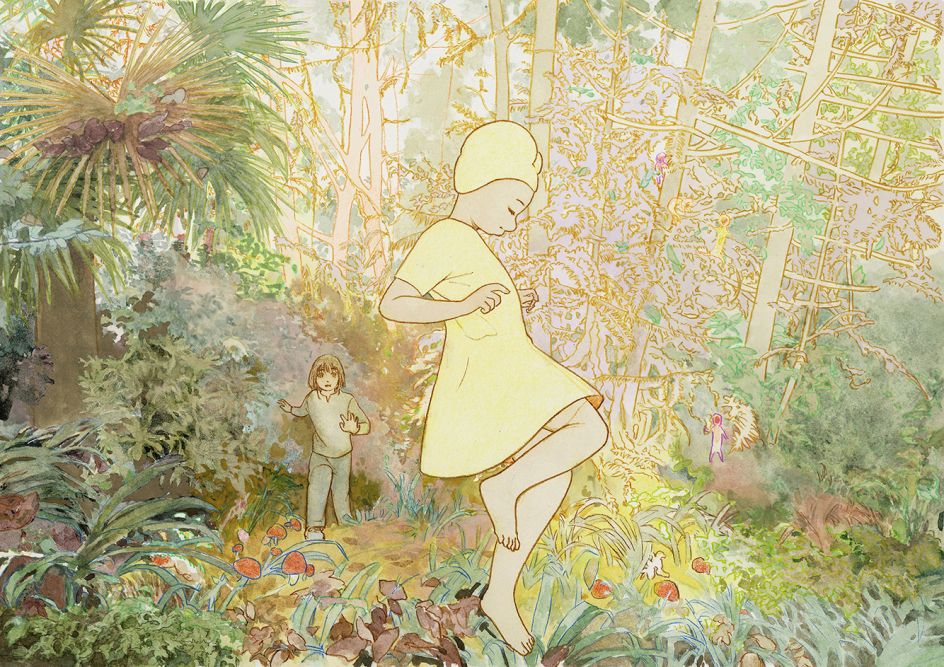
Agoraphobia is Heather's hallucinatory picture book based on finding one's inner child
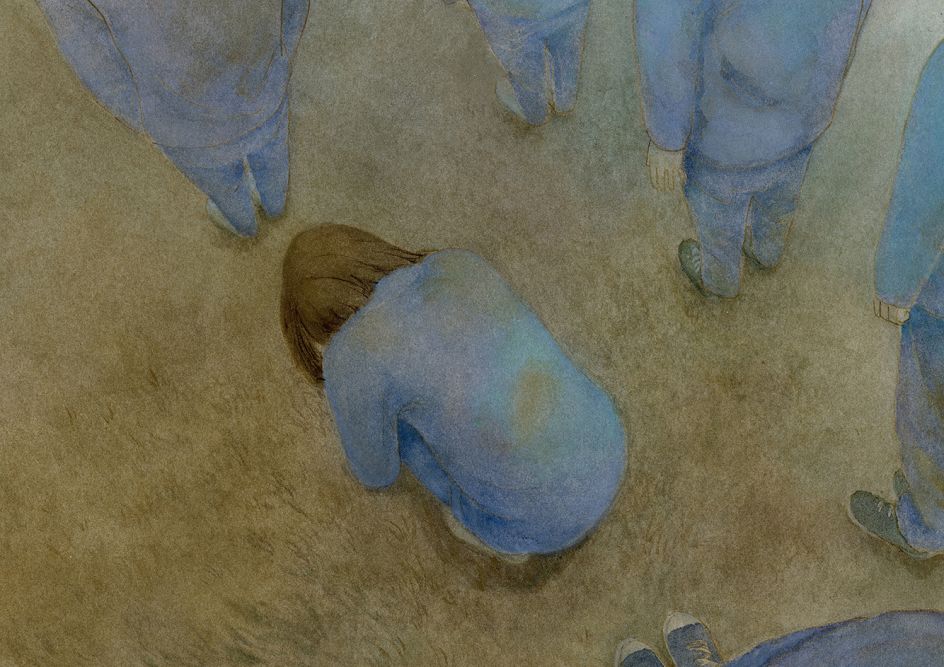
The protagonist's inner child is eventually caught up with
In terms of responding to her feelings, though, Heather adds: "I have been gloomy and depressed ever since I was an adolescent, so painting became the way I would push away these emotions and transform those intense feelings into meaningful art. When I am inspired by complex emotions, I think about how I can capture their beauty and vitality. This predicament arouses tension and makes the themes in my art even more powerful."
Arguably the best example of how Heather upcycles these emotions into illustrations is her favourite project, Agoraphobia. Taking its name from the fear a person might feel if they find themselves in a difficult situation they cannot escape, this beautifully realised picture book takes the form of a dream sequence. In the story, we follow a little girl who suffers from a panic attack and then returns to where she was born to try and understand her own feelings.
"Various strong emotions were haunting me while I conceived this project, but the scenes that finally made it onto the page are very restrained," Heather reveals. "The tone of the narrative is subtle. Readers may have their own interpretations that deviate from mine, but this does not bother me.
"In my interpretation, the protagonist experiences panic attacks in public spaces. She wants to escape but has nowhere to hide. The depression and anxiety build, causing various symptoms like hallucinations and the feeling everyone around her scrutinises her. Finally, she breaks down."
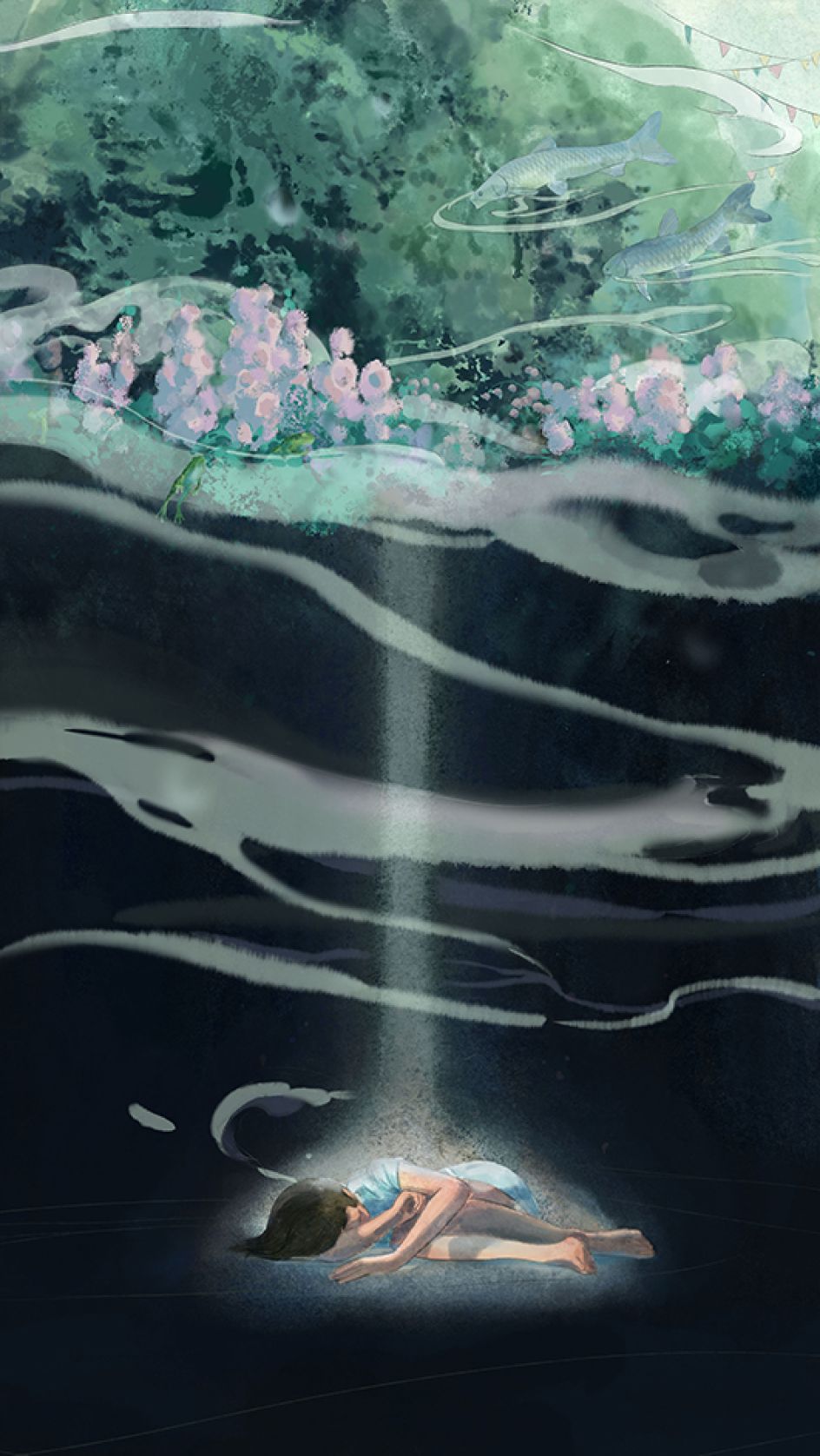
Heather decided to pursue illustration of originally studying ecnomics
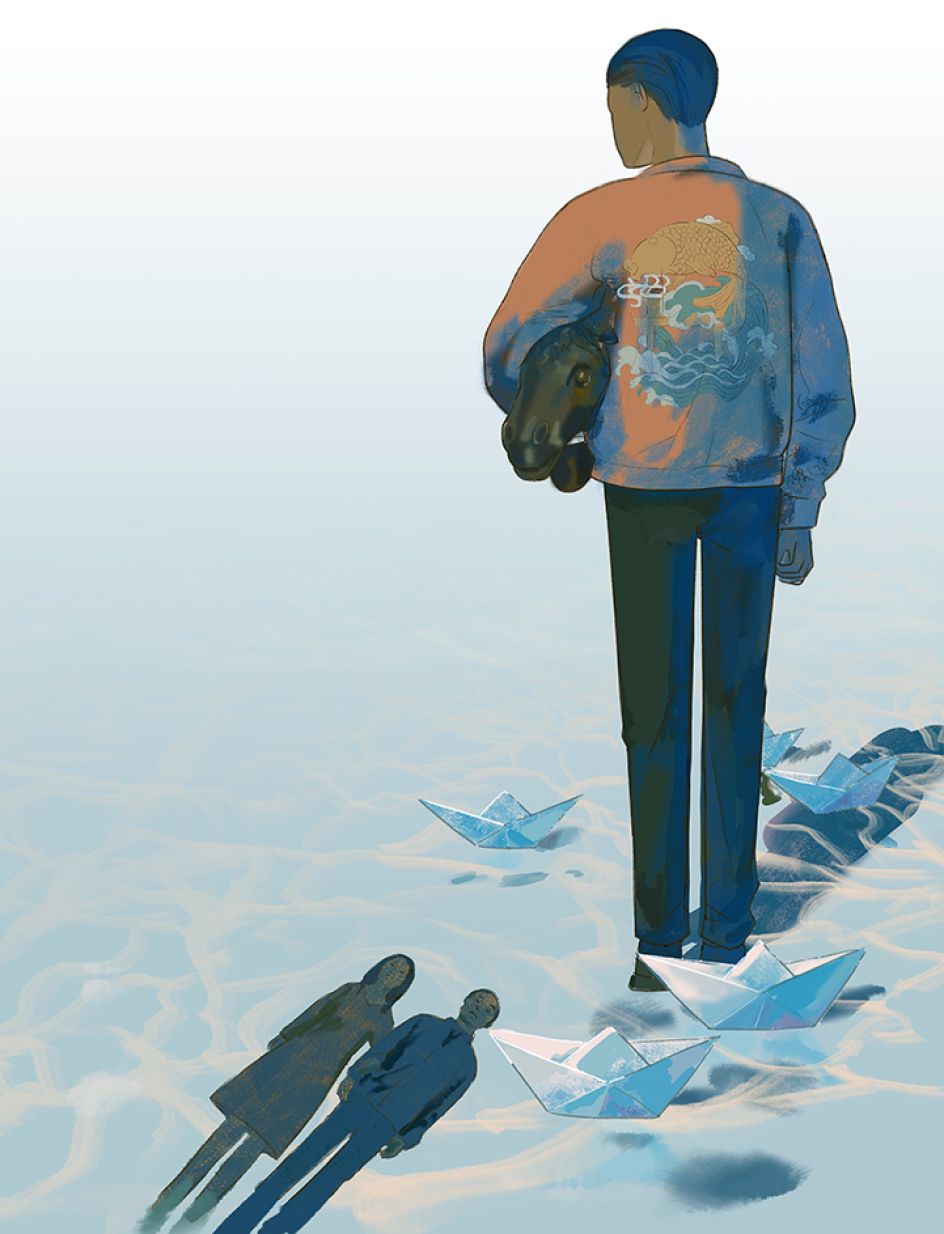
Heather's editorial illustration for the Boston Globe uses imagery to striking effect
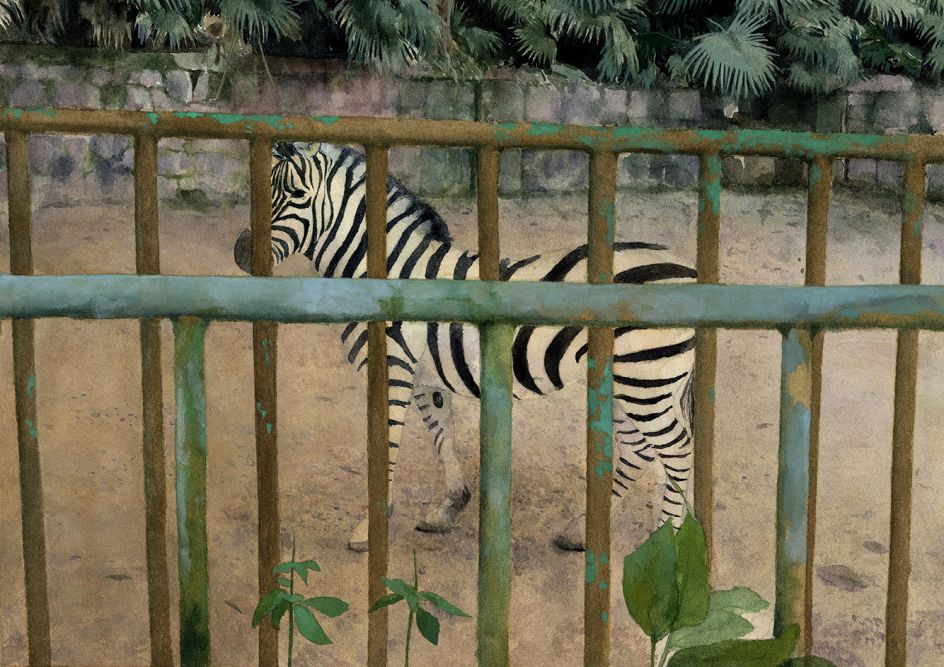
A desolate zoo is passed by on the way home
Upon returning to her birthplace, the girl rides a frog, passes by a desolate zoo and heads to her home on the top of a mountain. There she finds her father reading his phone and her mother cooking frogs. "The protagonist sees her inner child at that moment. When this inner child collides with her insecurities, she feels like a freak when facing the boy she likes and whoever is around her." It's not all traumatic, though: "The protagonist chases the inner child all the way, coming close to being able to hug her at the end."
Brought to life with traditional media, including watercolours, traditional Japanese Gansai paint and colour pencils, Agoraphobia manages to visualise ambiguous discomfort in a stunning way. Heather claims that her decision to draw the scenes in pencil allowed them to unfold in an absurd yet mindful way due to the freedom the medium offers.
"Colour pencils allow me to draw loose lines and give the atmosphere texture while looking rendered," she reveals. "Transparent watercolours formed the base of the distinct dreamy world, and Gansai added the thickness. The profound features of traditional media give me the space to explore illustration, while digital techniques are also used in post-production."
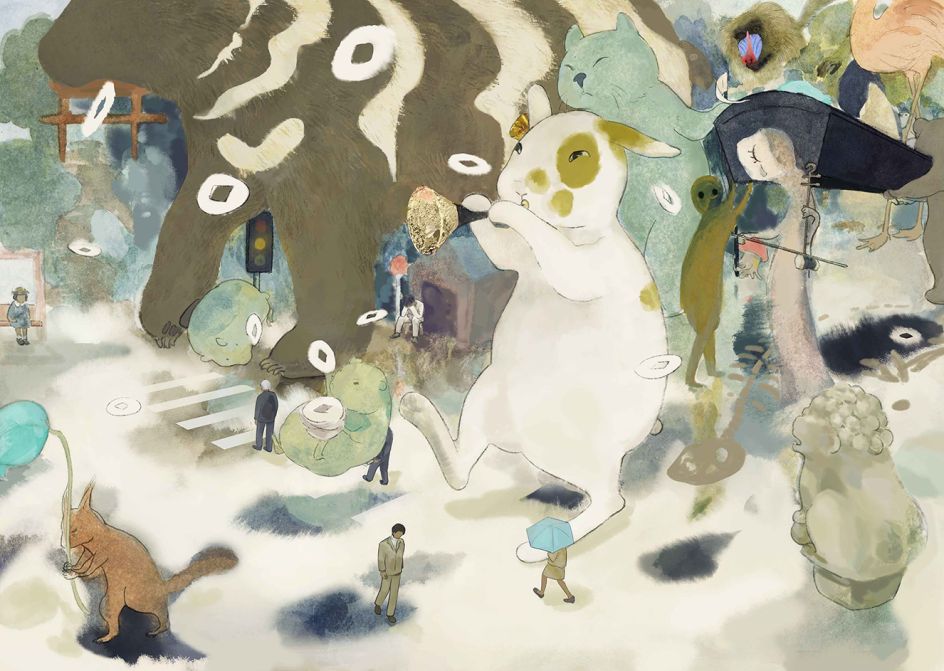
This piece, Rabbit at a Funeral Procession, continues the dream-like themes of Agoraphobia
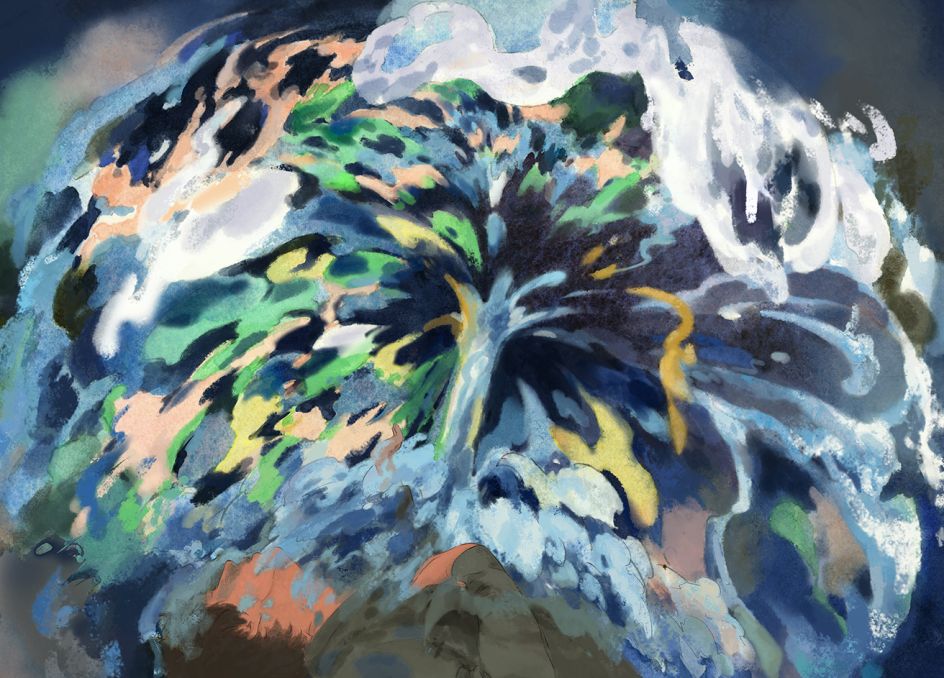
Heather also creates covers for musicians, such as this piece
All these tools and mediums combine to create an unusual, hallucinatory world that will resonate with the reader whether they have experienced Agoraphobia. "I would like to bring them on a fantasy journey into the psychological world, to understand the hidden pain and joy in the depth of one's heart," Heather adds.
The picture book appears to have connected with audiences, as Mayday Magazine published Agoraphobia alongside connected literary poems and articles. According to Heather, these writings express "subtle and interesting feelings" and cover topics such as the unconsciousness, environmental awareness and affection.
This appearance builds on Heather's magazine work and includes an editorial illustration for the Boston Globe's book review section. In this piece, she explores how a character has clashed with his parents over the concept of the idealised American dream. "I use the visual language to show the sense of loneliness and drifting, but the protagonist is also brave to pursue his identity," she says. "The reflection of his solicitous parents indicates their inarticulate love and complex feelings towards their children in Asian families. "

















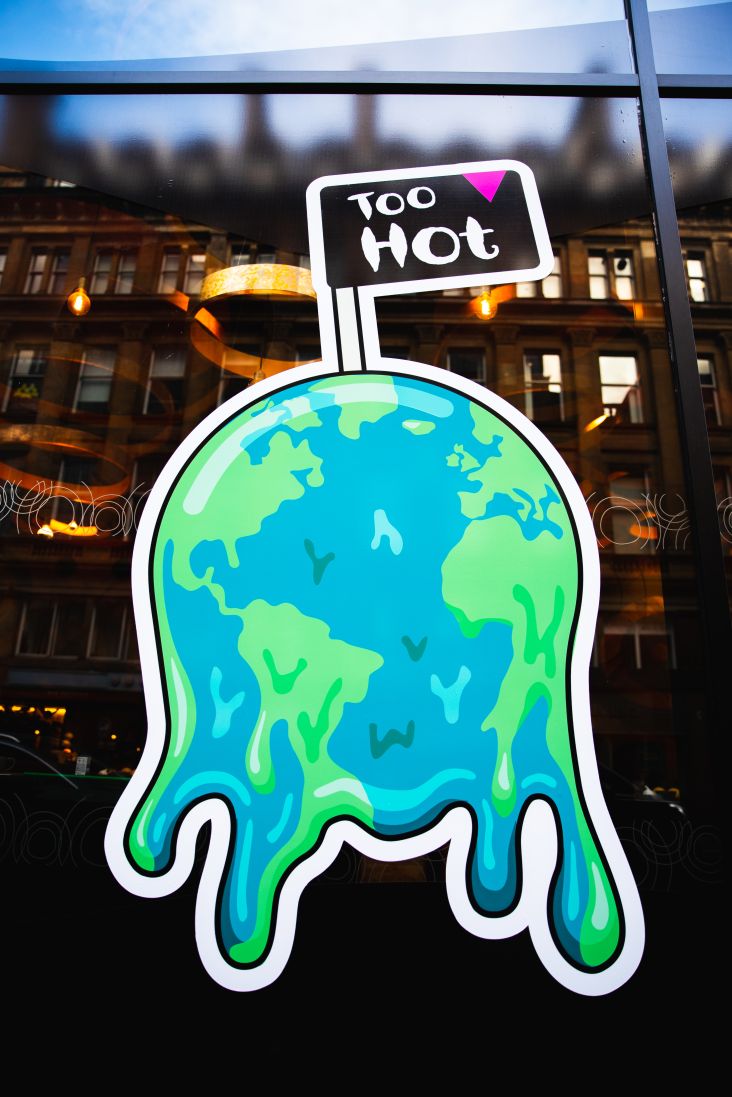
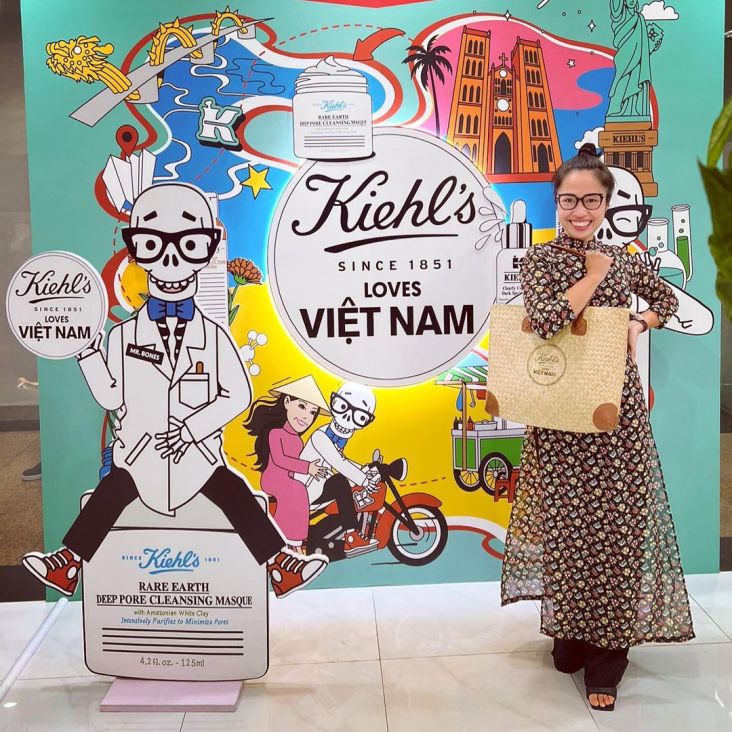
. In use by [Garbett](https://garbett.com.au/) for Career Trackers](https://www.creativeboom.com/upload/articles/0f/0f4e193ba9164073646e67421eb37b4b26986c67_732.png)

